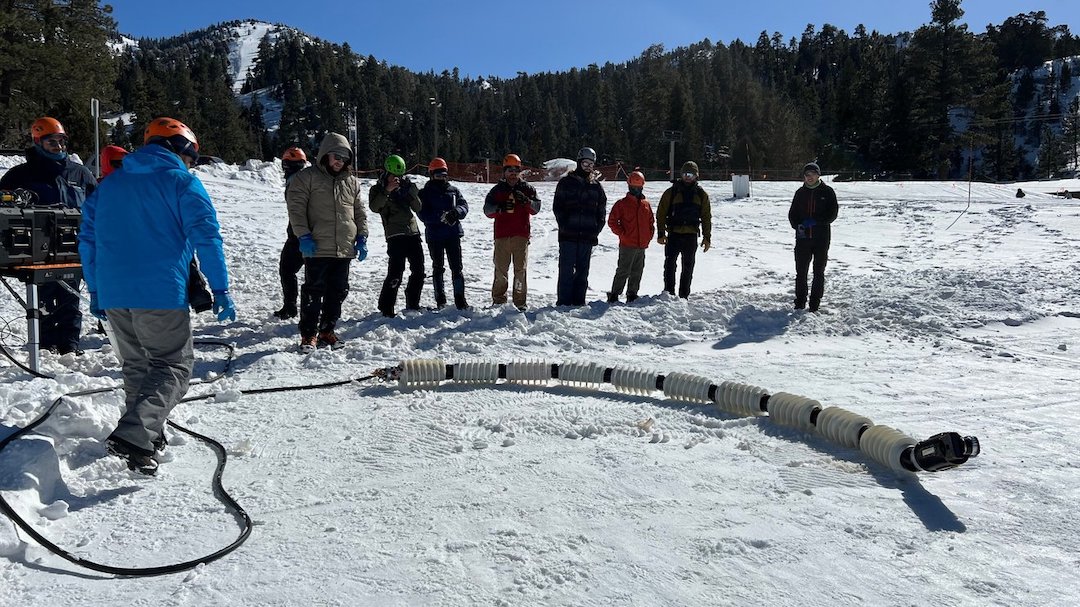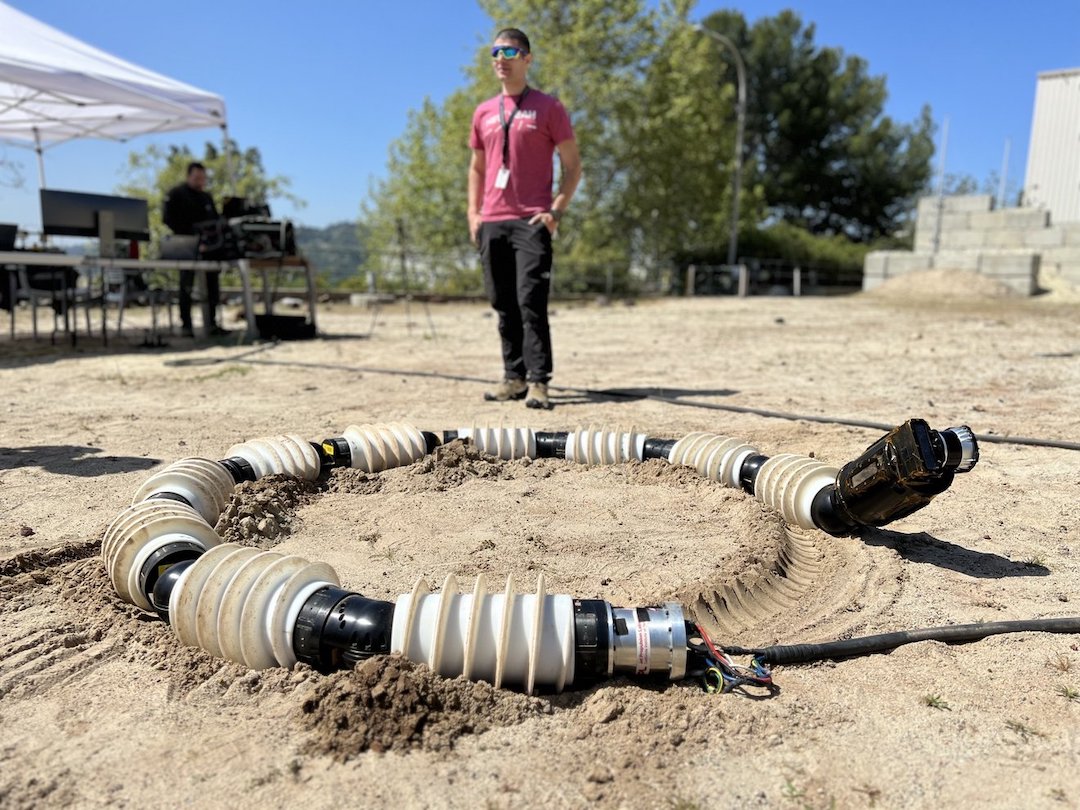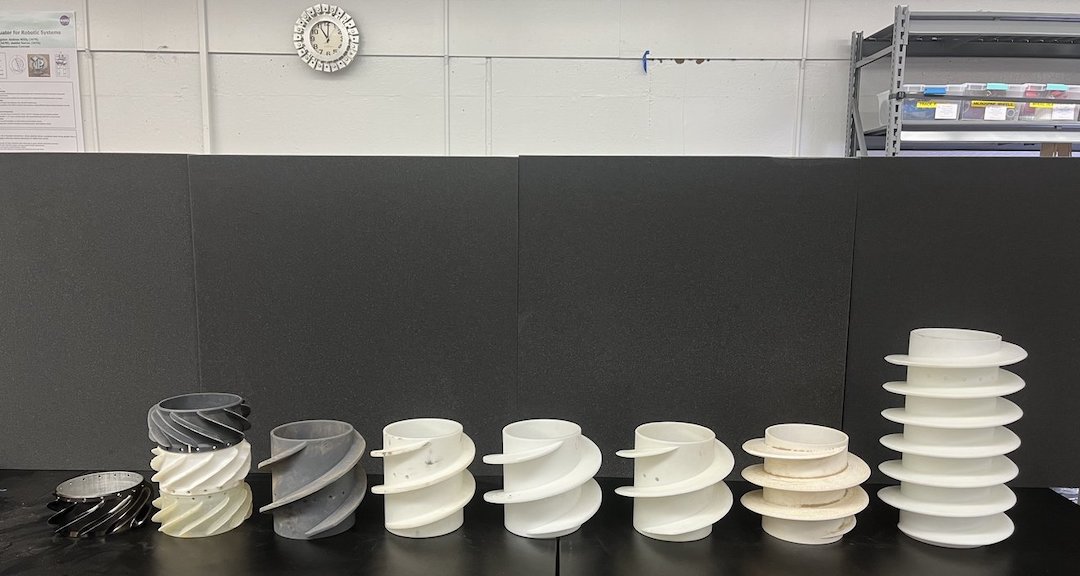NASA Develops A Snake-Like Robot To Find Alien Life On Other Planets
By Nicole Rodrigues, 10 May 2023

NASA is gearing up to add a new member to its fleet of space explorers, and this one is unlike anything it has used before. Say hello to the Exobiology Extant Life Surveyor (EELS), a robot modeled after a snake. At 13 feet long, the EELS comprises 10 corkscrew-like segments allowing it to slither across all sorts of alien terrain. NASA first announced the project last month
NASA first announced the project last month and proposed the idea to use the EELS to explore places that are difficult or impossible for other vehicles to reach. For example, the space agency hopes to send the EELS to Saturn’s moon Enceladus, where it can travel through its icy geysers to reach its subsurface ocean. Scientists believe that Enceladus’ ocean may harbor life, making it an exciting target for exploration.

To prepare the EELS for its mission, NASA has been putting it through its paces here on Earth. The team has tested the robot on an ice-skating rink, a mountainside, and even a beach. They’ve also let it loose on the Mars Yard at JPL, a ski resort in Southern California that’s been transformed into a “robot playground.”
The EELS has four stereo cameras and LiDAR, which uses laser pulses to create a 3D map of its surroundings. With this technology, the EELS can navigate even the most treacherous terrain. And because it’s designed to be autonomous, the robot can make decisions independently without human intervention.

Matthew Robinson, the EELS project manager, explains that the robot’s versatility and risk awareness make it an ideal candidate for exploring unknown environments. “When you’re going places where you don’t know what you’ll find, you want to send a versatile, risk-aware robot that’s prepared for uncertainty and can make decisions on its own,” he says.
[via Gizmodo and Futurism, images via NASA/JPL-Caltech]





